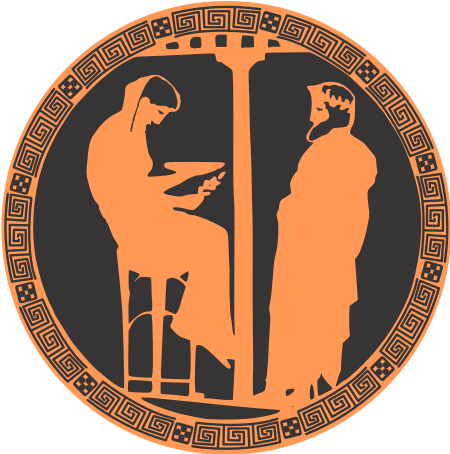Note
With the release of PYTHIA 8.3, we recommend all users to download and use that, rather than a release in the PYTHIA 8.2 series.
PYTHIA 8.2
While the release of PYTHIA 8.100 marked a clear break with the Fortran-based PYTHIA 6.4, the introduction of PYTHIA 8.2 follows the path of gradual evolution. That is, the new version does involve several new features, and some backwards incompatibilities, but not anything really dramatic. User-written programs that worked with 8.186 are also likely to work with 8.200, or at most require modest adjustments. Given the low threshold, the advantages with the new version made for a reasonably rapid transition.
The next version, PYTHIA 8.3, offers a slightly larger step from 8.2 than that between 8.1 and 8.2, but again no major incompatibilities. Therefore we expect a new rapid transition. No further major upgrades are planned for 8.2, but possibly there will be some bug-fix releases before the code is fully frozen.
Look here for information on how to obtain new version alerts, how to contact us and how you can help us further develop PYTHIA.
Installation
To get going with the program, do the following (on a Linux or Mac OS X system):
- Download the file pythia8245.tgz to a suitable location.
- Unzip and expand it with
tar xvfz pythia8245.tgz. - Move to the thus created
pythia8245directory. - Read the
READMEfile in it for installation instructions, and apply them.
(If you are not going to link any external libraries, or have any other special demands, you only need to typemake.) - Move to the
examplessubdirectory and read theREADMEfile there for instructions how to do some test runs.
(Again, if you do not link to external libraries, you only need to typemake mainNNfollowed by./mainNN > outNN, whereNNis a two-digit number in the range 01 - 30.)
Documentation
All necessary information how to run the program is available in subdirectories of the pythia8245 directory you unpacked above, and copies of them are also linked here.
-
Study An Introduction to PYTHIA 8.2, available in
pythia8245/share/Pythia8/pdfdoc/pythia8200.pdf, for an overview. This article, in arXiv:1410.3012 [hep-ph], has been published in Comput. Phys.Commun. 191 (2015) 159. -
The current online HTML manual can be accessed if you open the
pythia8245/share/Pythia8/htmldoc/Welcome.htmlfile in a web browser. -
Alternatively, the current online PHP manual contains the same text, but additionally offers a simple graphical-user-interface, with which you can save a file with the settings you want to use in a run. For security reasons a direct link on this page has been removed.
-
The Update History forms an integral part of the manual.
-
So does the description of existing main programs, which offers many hints how to address various programming issues.
-
A Doxygen representation of the code is available. It offers a quick way to look up classes and methods, but is not a replacement for the manual.
-
The distribution also comes with a PYTHIA 8.2 Worksheet,
primarily intended for summer schools, but also suitable for self-study, to get going.
For the merging study the option exists to download larger LHE files than come with the standard PYTHIA distribution:
wp_tree_0.lhe.gz
wp_tree_1.lhe.gz
wp_tree_2.lhe.gz
wp_tree_3.lhe.gz
wp_tree_4.lhe.gz -
A Docker container for PYTHIA 8 and DIRE can be obtained here. You will there also find some Jupyter notebooks and notes e.g. how to use Rivet analyses.
-
Several presentations on the status and development of PYTHIA can be found on the talks page.
-
In addition, the complete PYTHIA 6.4 Physics and Manual is still relevant for much of the physics in 8.2, and A Brief Introduction to PYTHIA 8.1 may also contain some useful material, although some of it is superseded by the current An Introduction to PYTHIA 8.2.
Earlier versions
Normally there should be no reason now to install an older, obsolete version.
However, for backwards checks, this might be required, and they can be downloaded on the downloads page.
